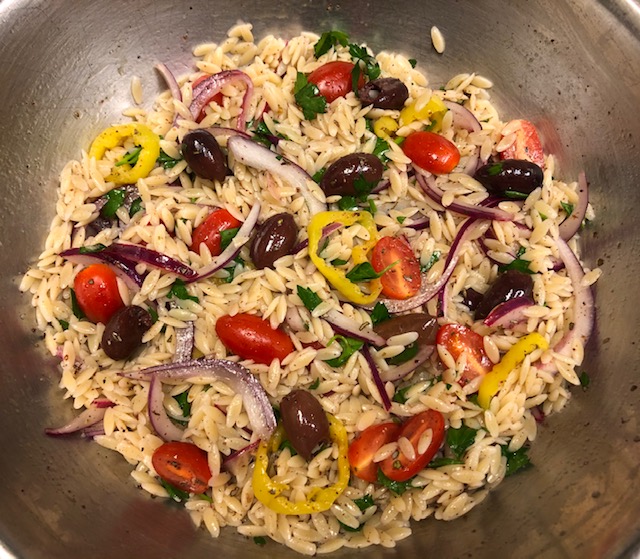Jerk Chicken
is a savory Jamaican favorite
What could be more Jamaican than Jerk Chicken? Actually it dates only from the 1960s. As a student in the mid-60s, I spent two 3-month summers based at the University of the West Indies in Mona (Kingston), Jamaica. I didn’t encounter jerk and I didn’t hear Bob Marley or Reggae. These cultural phenomena were, in retrospect, already there, but not yet widely recognized.
Jerk cooking, or “jerking,” evolved from the slow fire-roasting of meat practiced by Jamaica’s indigenous Taíno Indians. In its modern form, jerk emerged in rural Jamaica, where roadside vendors would rub meats, especially goat and pork, with spices and peppers, and grill them over smoldering wood or charcoal in halved oil drums.Allspice, the dried berry of the Jamaican “Bay” tree, is the only true spice native to the Western Hemisphere. It is nearly invariable as a jerk seasoning . The other constant is the fiery “Scotch Bonnet” pepper. I use cayenne for convenience.
While whole chicken is traditional, I use leg quarters or just thighs. For moistness, the chicken should have the bones in. Removing the skin is optional, but healthier. The rub should be applied 12 to 24 hours before cooking. I roast in the oven rather than on the grill.
The recipe serves six or more.
Season
chicken one day ahead:
6 large chicken leg quarters or 12 large thighs with skin and bone
1 tablespoon salt
2 teaspoons ground allspice
1 1/2 teaspoons paprika
1 1/2 teaspoons garlic salt
1 teaspoon ground black pepper
3/4 teaspoon cumin
1/2 teaspoon thyme
1/2 teaspoon ground celery seed (not celery salt)
3/8 to 3/4 teaspoon (or more) cayenne
1-1/2 tablespoons vinegar or lime juice
3 tablespoons vegetable oil
Remove skin from chicken and trim off excess fat. Cut thighs from drumsticks if
using leg quarters. Rinse chicken pieces and pat dry with paper towels. Slash
flesh in a few places. Mix remaining ingredients other than the oil. Rub well
into chicken on all surfaces.
Finally,
rub everything with oil. Place chicken in zip-lock plastic bag and refrigerate
12 to 24 hours, squeezing bag from time to time to baste with the accumulated
juices.
Set oven for 360 degrees. Arrange a “cake” rack on a sheet pan. Place chicken
pieces upside down on rack. Discard marinade. Roast 20 minutes on upper shelf
of oven.
Turn pieces over. Roast an additional 20-30 minutes, turning occasionally. The chicken should be well cooked, and show no pinkness when a knife tip is inserted and twisted.
Serve with a seasoned rice dish, and a slightly sweet shredded cabbage salad.















